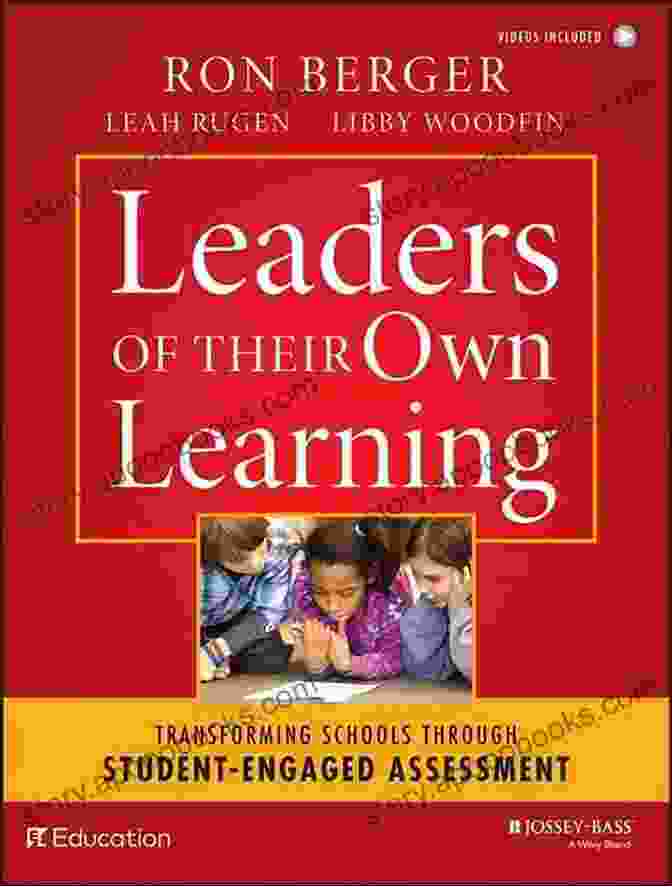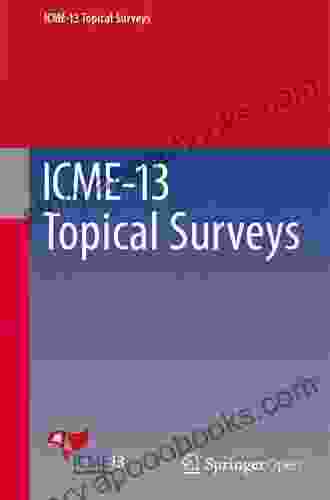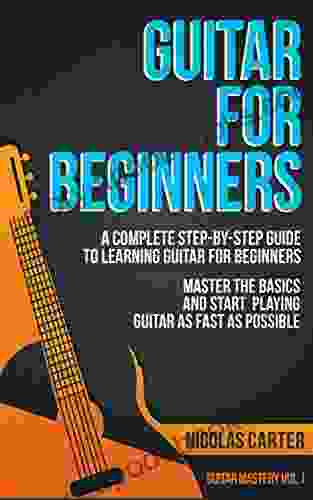In today's rapidly changing educational landscape, the traditional model of assessment no longer meets the needs of students or educators. Transforming Schools Through Student Engaged Assessment provides a comprehensive framework for implementing assessment practices that prioritize student engagement and empower learners to take ownership of their learning journey.
Key Principles of Student Engaged Assessment
The book outlines six key principles that underpin student engaged assessment:
- Empowerment: Students are given autonomy and choice in their learning and assessment.
- Collaboration: Students work together to develop shared understanding and support each other's learning.
- Authenticity: Assessments are connected to real-world contexts and provide opportunities for students to apply their learning.
- Relevance: Assessments focus on skills and knowledge that are meaningful to students and align with their personal goals.
- Flexibility: Assessments can be adapted to meet the diverse needs of learners and learning styles.
- Equity: Assessments are designed to ensure that all students have an equal opportunity to succeed.
Implementing Student Engaged Assessment
The book provides practical guidance on how to implement student engaged assessment in the classroom. It covers topics such as:
- Creating engaging assessment tasks
- Providing students with choice and autonomy
- Using peer assessment and self-assessment
- Incorporating technology to enhance assessment
- Assessing students' progress and providing feedback
Benefits of Student Engaged Assessment
Student engaged assessment offers numerous benefits for both students and educators. It helps to:
- Increase student motivation and engagement
- Improve student learning outcomes
- Develop students' critical thinking and problem-solving skills
- Foster a classroom culture of collaboration and respect
- Provide educators with more meaningful data to inform instruction
Transforming Schools Through Student Engaged Assessment is an indispensable resource for educators who are committed to creating a more engaging and empowering learning environment for their students. By embracing the principles and practices outlined in this book, educators can transform their schools into places where students thrive and reach their full potential.



























































































